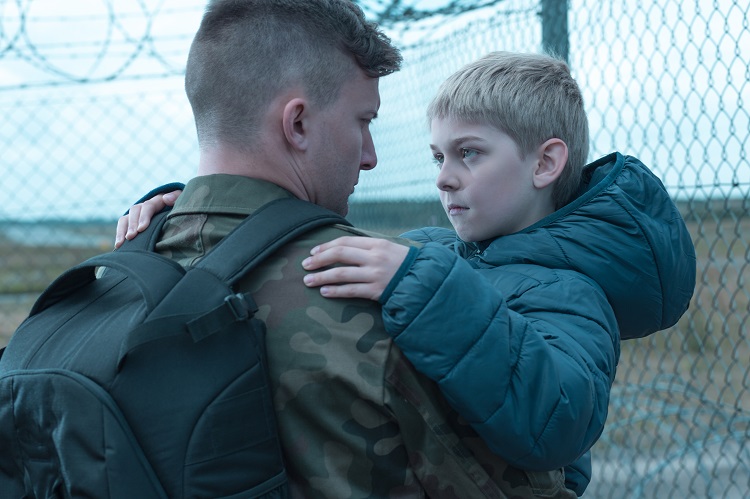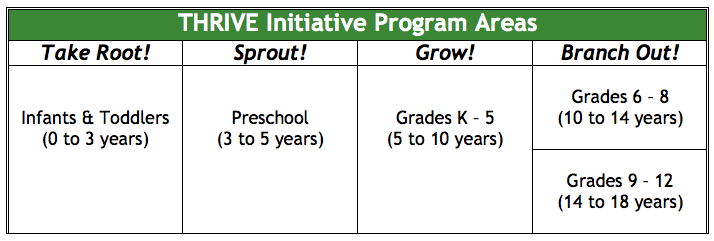In 2015, 53,549 American children under the age of 18 were adopted from the foster care system, and, in 2016, 5,370 children from other countries were adopted by Americans (U.S. Department of Health and Human Services, 2015; U.S. Department of State, 2016). It is important that families who have been personally touched by adoption talk honestly about the adoption with their children. Even though the conversations can be difficult or uncomfortable at times, open communication about adoption is associated with enhanced family relationship quality, reduced child behavioral problems, and healthy identity development.
Here are some best practices for parents to keep in mind as they talk to their child about adoption:
- Start Early – Begin having conversations about adoption as early as possible, even as early as infancy! Start with the adoption story or how the child came to be a part of the family. By starting the conversation early, parents can ensure their child learns of his or her adoption from them. To have the parents tell their child he or she is adopted is important and can help make adoption feel normal for the child.
- Make Conversations Interactive – When talking about adoption, engage the child as much as possible and make him or her an active participant in the conversation. If possible, make conversations interactive by using photos, maps, documents from the adoption agency, songs, or games.
- Embrace Curiosity – Children will naturally be curious about their adoption, especially as they grow up, and they may ask a lot of questions. Embrace this curiosity, and use your best judgment in determining how to respond to your child’s questions. The goal is to help your child feel comfortable and confident in asking questions and talking with you about his or her adoption.
- Take the Child’s Perspective – Often, it can be difficult for parents to determine what to share with their child about the For parents who are unsure of what to share, it may be useful for them to place themselves in their child’s position and ask, “What information would I want to know?” and “How would I want to hear that information?” These and similar questions may help identify supportive and caring ways to communicate with and relate to your child.
- Emphasize the Positive – Children may experience negative thoughts and feelings about adoption that impact their self-worth. Parents can help alleviate these feelings by initiating open conversations that support them. For example, parents and children could discuss how their birth parents’ decision to place him or her for adoption was motivated by good intentions, how important he or she is to the adopted family, how the adopted family is a permanent home for him or her, and how much each member of the adopted family loves him or her.
Additional Resources
Talking About Adoption: https://www.childwelfare.gov/topics/adoption/adopt-parenting/talking/
When to Tell Your Child About Adoption: https://www.healthychildren.org/English/family-life/family-dynamics/adoption-and-foster-care/Pages/When-to-Tell-Your-Child-About-Adoption.aspx
References
Johnson, C. (2017). Introduction. In C. Johnson & M. Lestino (Eds.), Adoption by the numbers: A comprehensive report of U.S. adoption statistics. Retrieved from https://www.adoptioncouncil.org/files/large/249e5e967173624
U.S. Department of Health and Human Services. (2015). The AFCARS report. Retrieved from https://www.acf.hhs.gov/sites/default/files/cb/afcarsreport23.pdf
U.S. Department of State. (2016). Intercountry adoption statistics. Retrieved from https://travel.state.gov/content/adoptionsabroad/en/about-us/statistics.html








